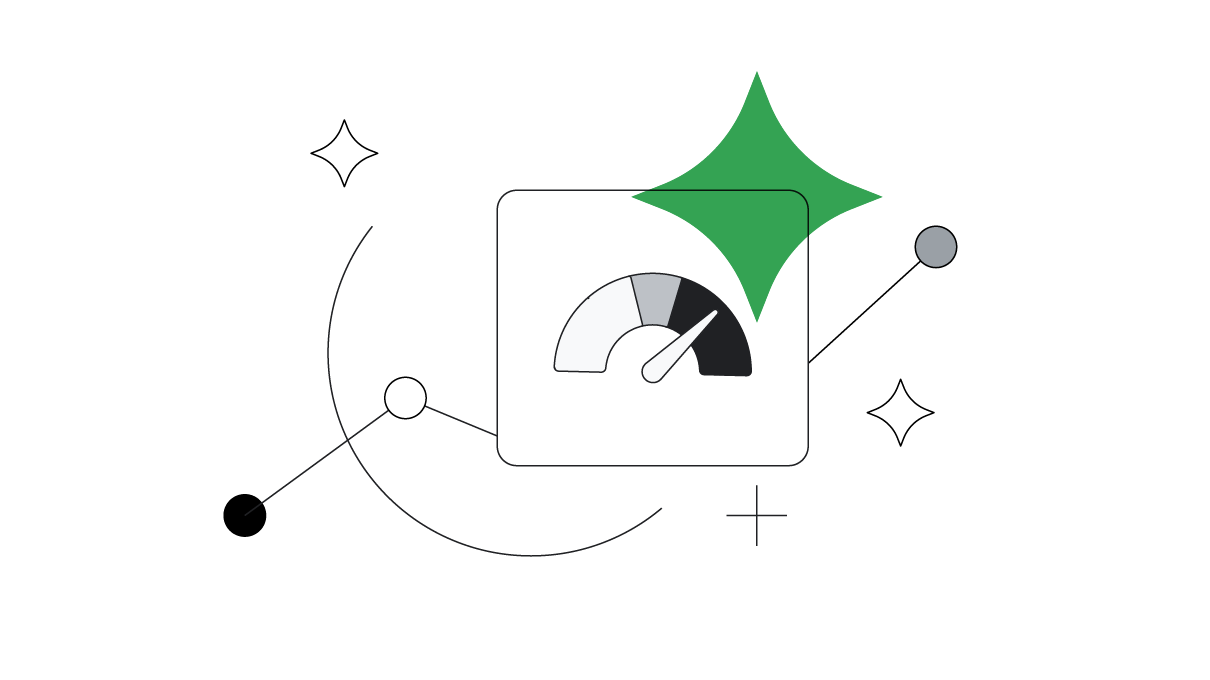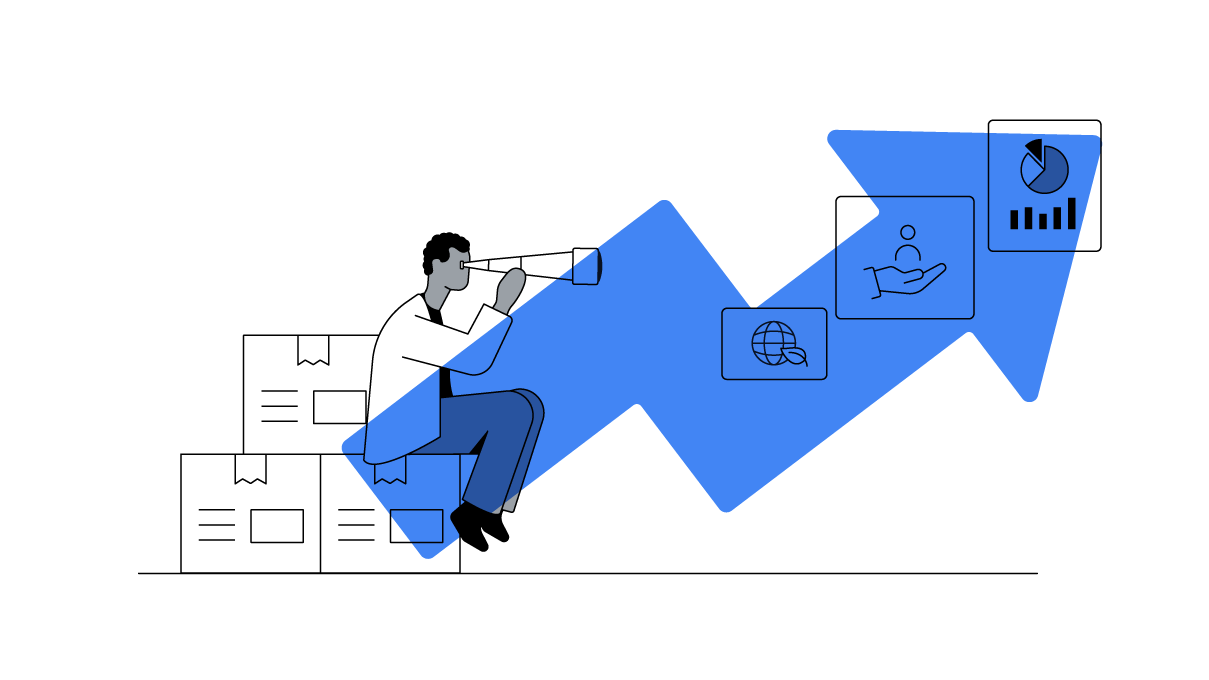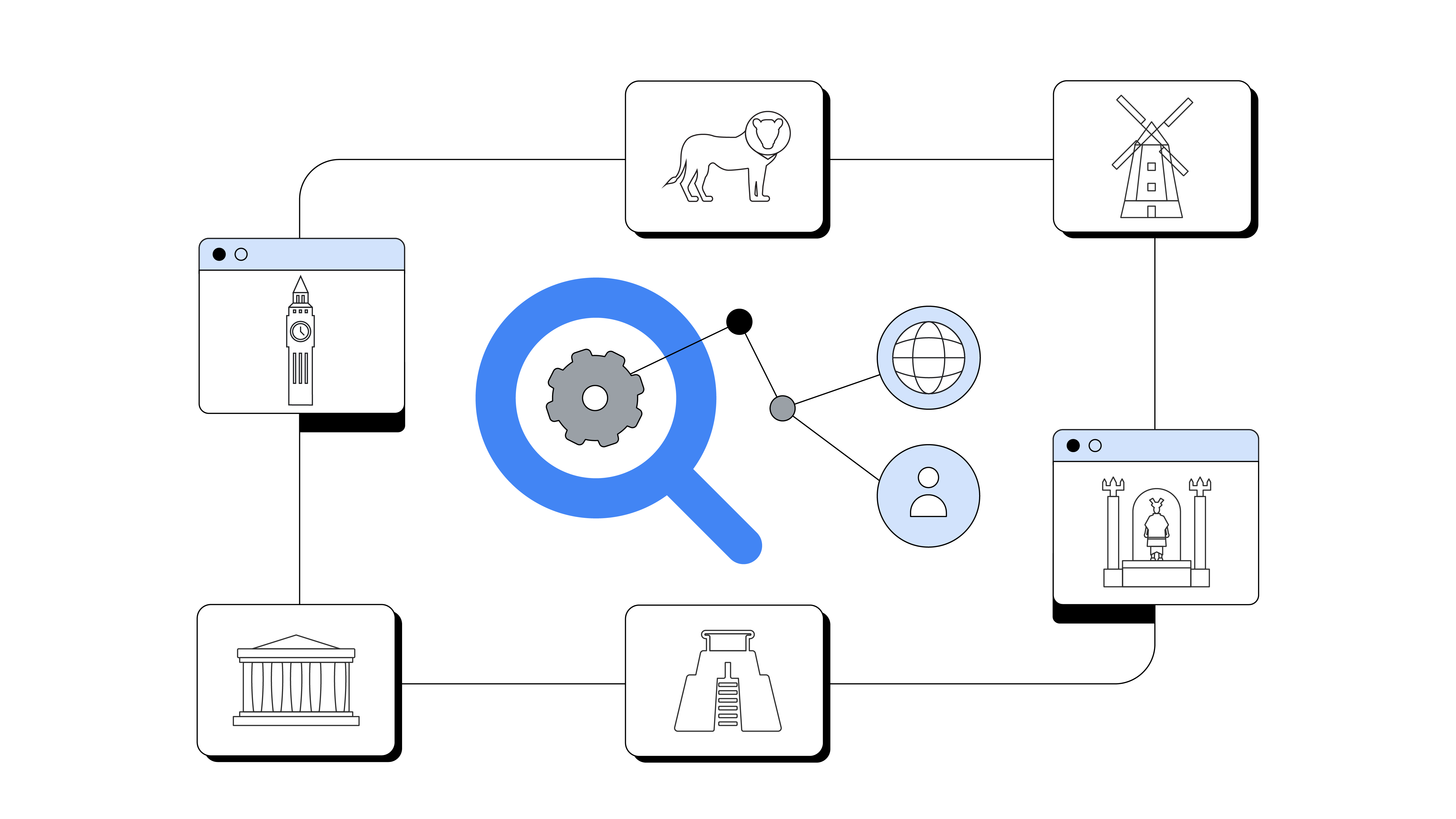Google Cloud has launched its region in Poland, the only one opening this year in Europe. The hub will support businesses in Central and Eastern Europe in implementing new cloud solutions faster and safer. It will also accelerate economic recovery and introduce a possibility for customers to have their data stored and processed locally. This will make it easier for regulated sectors, such as finance, to implement cloud technologies in accordance with local laws.
In the last year we saw three major ways cloud-based solutions helped local businesses — big and small. It helped them respond to changed customer demand, pull actionable insights from first-party data, and create new and innovative technologies that excite consumers.
1. Respond to unexpected fluctuations in demand
In 2020, online retail grew in volume and the purchasing journey became even more complex. The rise in demand for e-commerce during the pandemic had two major impacts on businesses and marketers: it put a strain on websites and it created more digital touchpoints than ever before.
LPP, the largest clothing manufacturer in Central and Eastern Europe, witnessed a surge in e-commerce sales last year as brick-and-mortar stores closed. In April 2020, they saw a 251% increase in online orders compared to the same period in 2019.
The rise in demand for e-commerce during the pandemic had two major impacts on businesses and marketers: it put a strain on websites and it created more digital touchpoints than ever before
This kind of surge in orders is usually only reserved for seasonal shopping moments, such as Black Friday or peak season. While the demand was unexpected for the time of year, flexible cloud infrastructure allowed the retailer’s site to meet unexpected demand.
“We managed to smoothly adapt to the new reality we found ourselves in — thanks to the strategy we’ve been implementing,” says Arkadiusz Ruciński, e-commerce director at LPP.
“By transferring our on-premise infrastructure to the cloud, we could focus on building a strong e-commerce department and significantly increase investment in our technological facilities — all in the blink of an eye.”
Takeaway: With cloud technologies now available to businesses in Poland, this means companies can easily meet seasonal influxes and ease the strain on their websites.
2. Automate analysis of large volumes of data
When increased demand leads to more traffic, it also means there is more data to analyse. It’s an opportunity to find actionable insights to help make more data-informed decisions. However, as online activity grows, touchpoints increase and it becomes more complex for marketers to understand where and how they can help customers.
Polish pharmaceutical platform FarmaProm faced this challenge. Their database reached the limit of stored data and any analysis required too much time to conduct due to high loads to the system. That, and the lack of resources, made processing data virtually impossible to perform.
As online activity grows, touchpoints increase and it becomes more complex for marketers to understand where and how they can help customers
The company needed to store large amounts of information and find automated ways to analyse it. They used BigQuery — a serverless multi-cloud data warehouse with built-in machine learning — to manage both historical and current data in real-time. What once took hours, now only takes seconds. As a result, they got a database that could handle growing workloads, real-time data analysis, and clear reports.
Takeaway: Migrating data to the cloud is easy and saves time — opening a spectrum of new analytical and reporting possibilities for businesses in Poland.
3. Find innovative ways to enhance the customer experience
While shopping inspiration previously often came from offline sources, such as in-store browsing and events, now we’re shopping online more. This has increased the appeal of visual browsing — through apps such as Instagram and Pinterest — and visual search.
CCC Group, one of the largest footwear manufacturers in Europe teamed up with the deep-tech company Yosh.AI, and used this cloud-based feature to deliver a new shopping experience to their customers. People can upload a photo, or link to a pair of shoes they’re looking for, and image recognition software narrows down the search to similar styles within the retailer’s product offering. By using visual search, CCC improved its conversion rate by 4X and turned traditional search on its head.
“Our aim is to empower our retail clients with the most advanced artificial intelligence (AI) technology available on the market, including visual search and AI voice assistants,” explains Katarzyna Dorsey, founder and CEO of Yosh.AI. “With these innovative solutions, retailers can both offer a more enjoyable and engaging shopping experience for their customers, as well as achieve significantly higher conversion rates.”
Takeaway: Digitally innovative cloud technologies are leading the way, allowing businesses in the region to offer customers more engaging experiences, while gaining results.
As we look to a future shaped by cloud technology, the possibilities are endless. The Google Cloud region in Warsaw now allows Polish and CEE businesses to respond to changes in consumer behaviour faster than ever before, lean on real-time data insights to inform the next big decision, and create new and meaningful consumer experiences with innovative tech.







